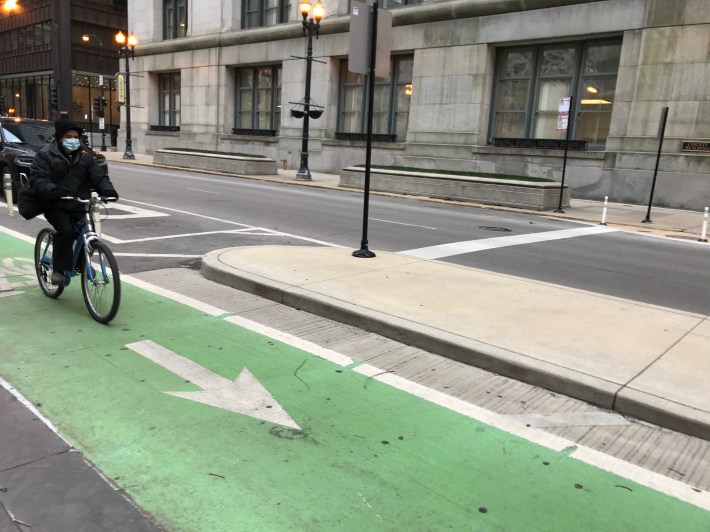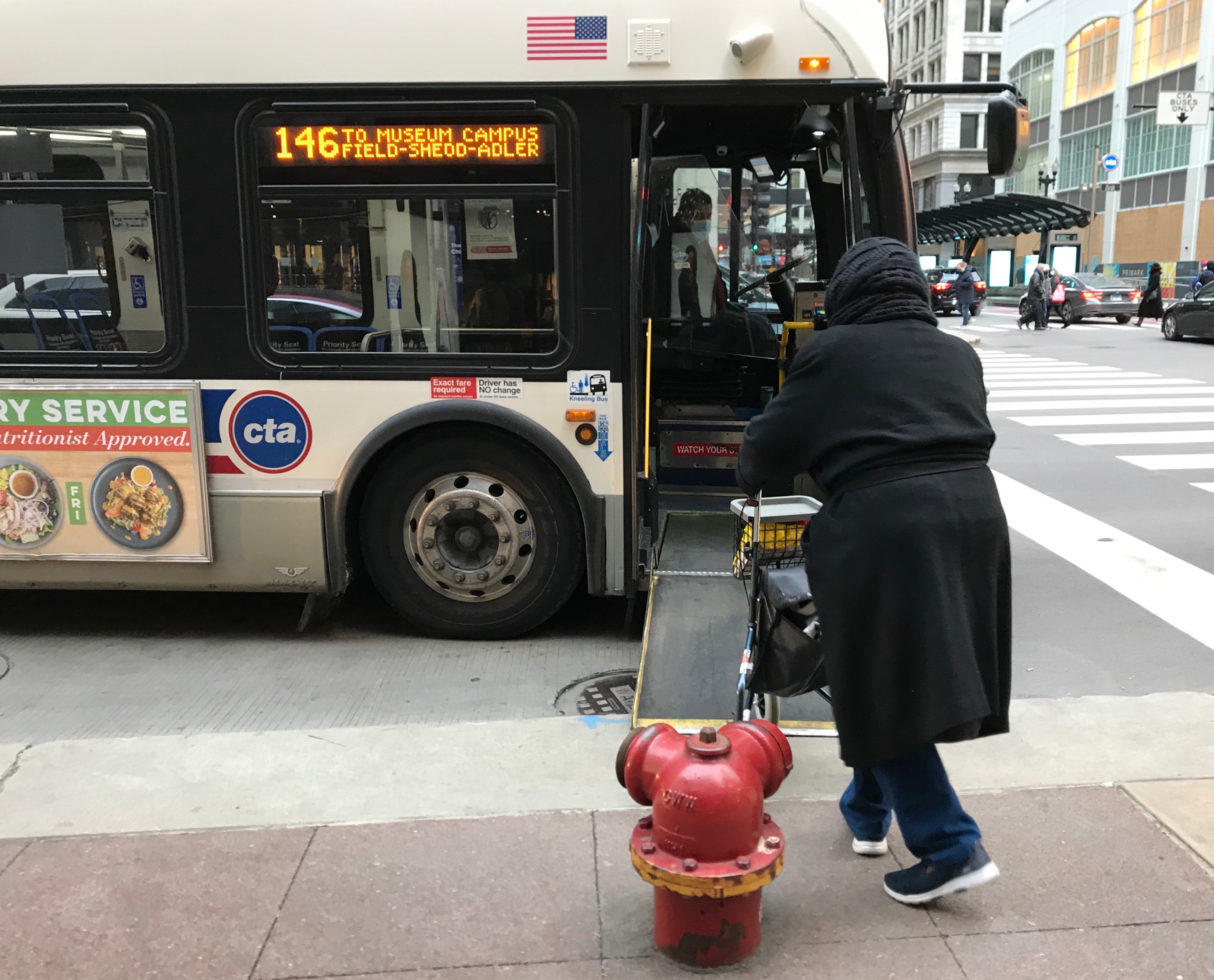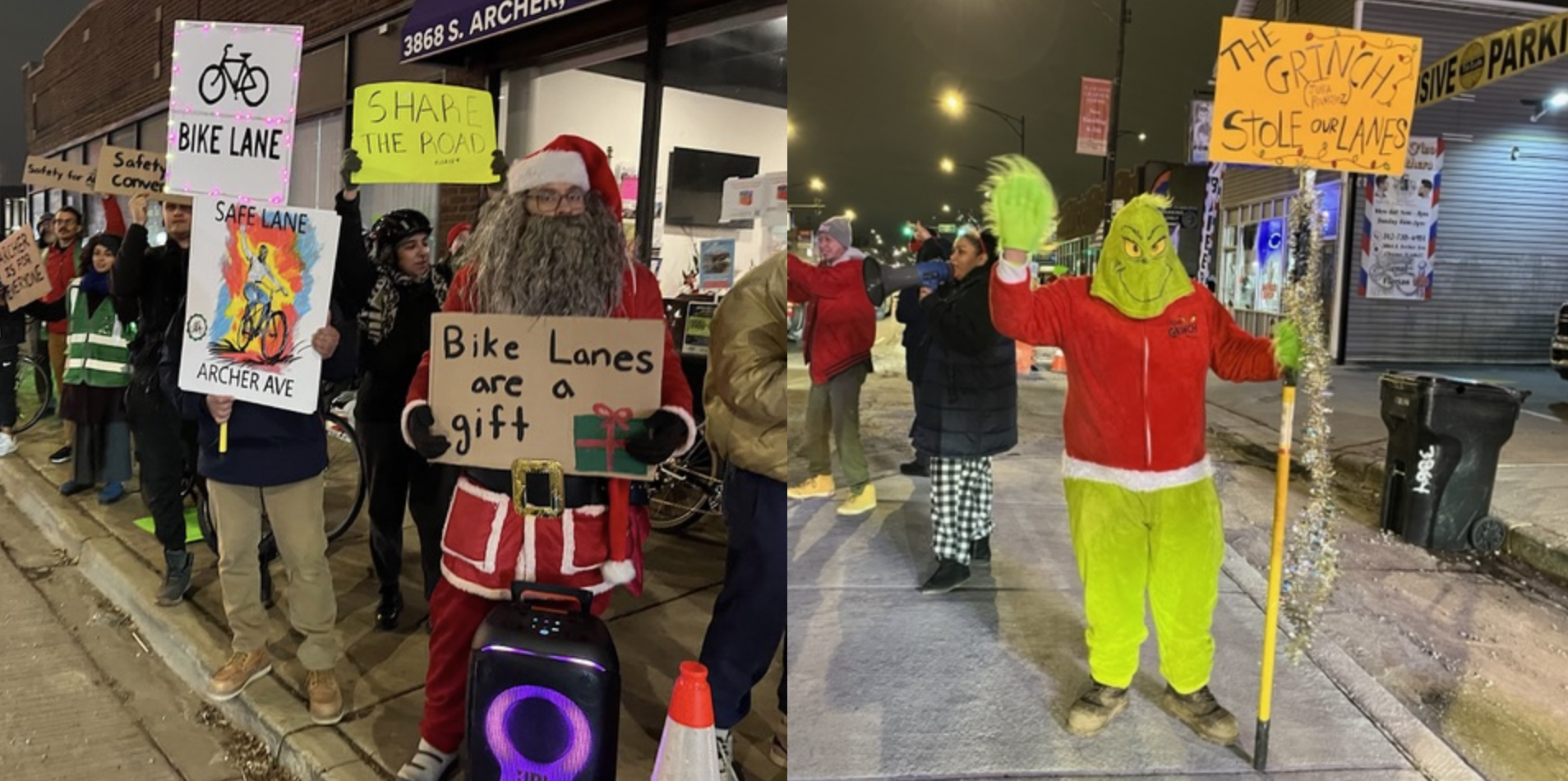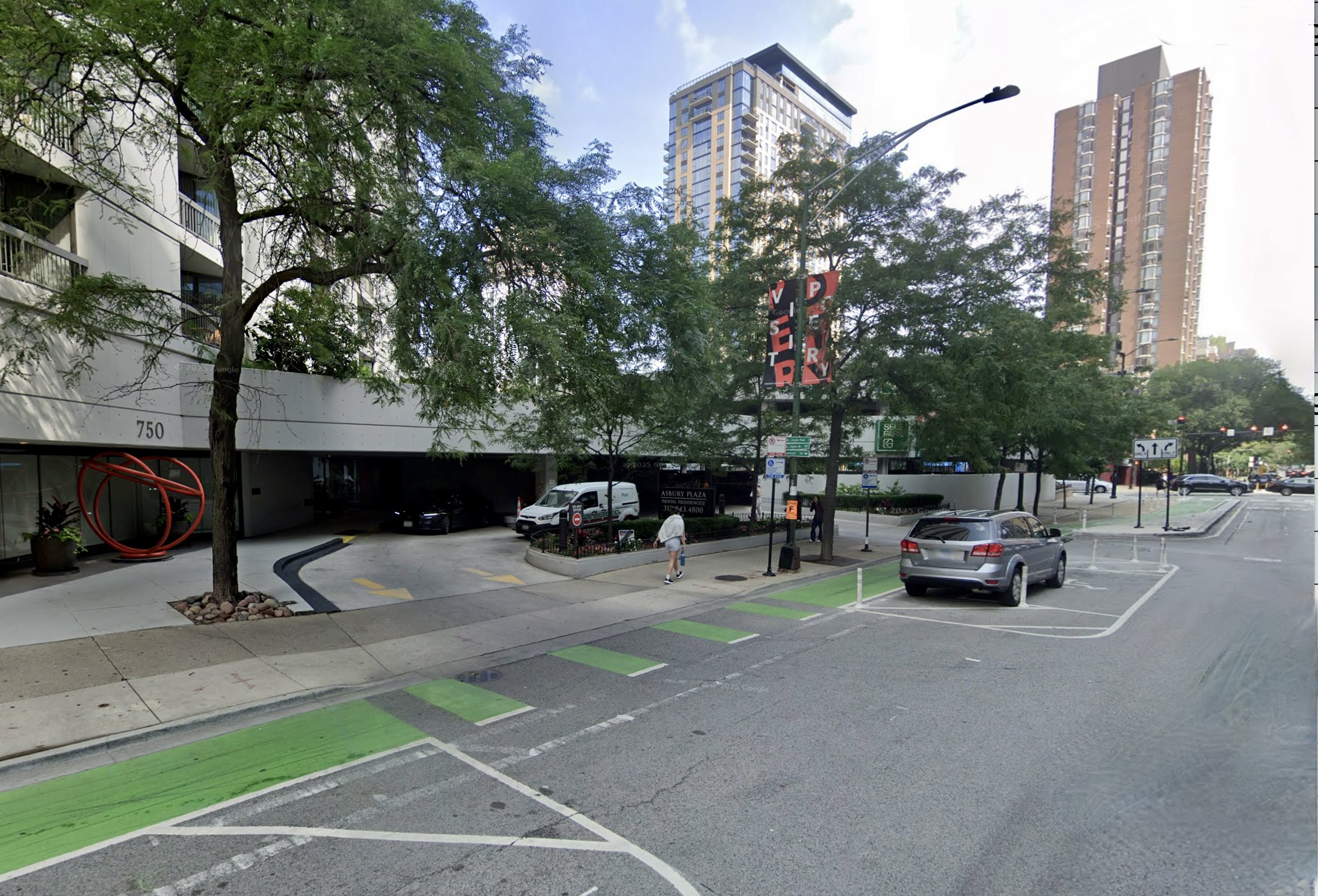2020 was definitely a year to remember. Countless lives were upended by and lost to the coronavirus pandemic. Many necessary conversations were had due to protests surrounding police shootings of Black and Brown people and systemic racism.
Due to COVID-19, many cities started to rethink how they use public space. Sadly, Chicago did not significantly move the needle in terms of creating more space for safer transit, walking and biking, and using our public space in more productive ways. Granted there were some modest wins, like pop-up bus lanes on 79th Street and Chicago Avenue; the Slow Streets program, which banned through traffic on a number of side streets; and the successful Cafe Streets program that made space for safer outdoor dining. But compared to more ambitious initiatives in New York City, Oakland, or Bogotá, Chicago’s efforts are hardly noteworthy.
In a previous post detailing the missed opportunities and milestones of Chicago’s transportation scene in 2020 I stated I wasn’t optimistic that major progress would be made this year. However, at this point I am cautiously optimistic that perhaps 2021 could be a turning point.
I understand the concerns some sustainable transportation advocates have about the Chicago Department of Transportation suspending its quarterly bicycle and pedestrian advisory council meetings during the pandemic. Meetings scheduled for June and September were cancelled along with December’s meeting. When June’s meeting was cancelled, regular attendees who were on an email list were not given any details as to why the meetings were cancelled. However, when the cancellation notice for September’s meeting was sent out, CDOT's Complete Streets division provided this update:
CDOT is undertaking a strategic plan to revisit and realign the agency’s values, mission, and delivery processes. The entire agency is involved in this plan, which will touch every aspect and role that CDOT engages in. CDOT always wants to make sure that the plan sets the tone for and advances equity, and to that end a Transportation Equity Network, led by [the Center for Neighborhood Technology], is working in partnership with CDOT to help develop closer relationships with communities and long-term strategies for mobility justice.
I was especially heartened to see the words “mobility justice” used in a CDOT email. One thing I’ve learned in 2020 is that we can’t always see progress being made. I’m choosing to be cautiously optimistic that CDOT is doing some deep work behind the scenes to create an agency that is truly responsive to the needs of Chicago in the 21st city.
We are a highly segregated city, an expansive city, and a city facing climate change and all the challenges that come with it, among other issues. Perhaps Commissioner Gia Biagi has taken notes from transportation leaders like Oakland's Warren Logan and others who are working to create a more robust and equitable public engagement process when it comes to remaking our streets.
My biggest hope in the public engagement process is that the agency will begin to decrease the level of sway and importance given to drivers who complain about bus lanes, bike lanes, neighborhood greenways with traffic diverters, and all the other necessary changes we will need to make in order to increase the number of Chicagoans who happily choose to ride transit, walk, and bike. Chicago is not so different from other cities that have made these choices and seen gains in transit ridership and bike ridership. People will initially resist change yet they can and will give up their cars if we provide better choices. We can't make progress if we're listening to the people stuck in the status quo to give us permission to make the necessary changes to provide transit equity, climate leadership, more space for people over empty cars, and so much more.
I also hope that the agency will make a concerted effort to increase the representation of women, gender-nonconforming individuals, Black and Brown folks, people with disabilities, children, and other marginalized people whose mobility needs have not been centered in previous transportation decisions.
I would like CDOT to start asking themselves, how can we create/foster a built environment that encourages more people to bike and use public transportation? How can we enable a mother with three kids to feel safe traveling by bike and allowing her children to walk and bike to neighborhood destinations? How can we create the conditions to shorten the bus commutes of those with the longest or slowest bus commutes? How can we create cycling infrastructure that folks with disabilities can comfortably use without intimidation from drivers or other cyclists? It seems too often the agency has allowed drivers to dictate whether or not a bus lane is created, or the final design of biking infrastructure.

A big reason why drivers have an outsized say in planning decisions is aldermanic prerogative. Currently aldermen, most of whom have no experience or expertise in transportation planning, can veto bus or bike lane. Aldermen are listening to those who are already prioritized on our city streets. While part of the current work for sustainable transportation advocates is to sway the minds of aldermen, it would be a lot easier if we didn’t need to depend on individual aldermen to sign off on the infrastructure we need. We should be designing a bus and bike lane network with the whole city in mind.
While Chicago's 2021 budget does not increase funding for CDOT’s operations, Mayor Lightfoot’s capital spending bill promises “priority bus routes” and bike lanes with a focus on equity. I hope the new bus and bike routes will be created in an equitable manner. Part of ensuring that means making sure the community engagement process centers those who have been missing from the decision-making process. My hope is that CDOT’s strategic plan will produce more than just another report that sits on a shelf without leading to substantive change.
Streetsblog Chicago will of course keep you updated on ways you can be a part of the process for creating the equitable, efficient, and environmentally sustainable streets we need.
You can follow Courtney Cobbs on Twitter @FullLaneFemme





